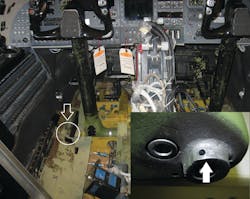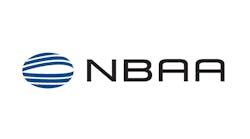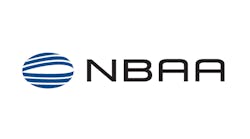Here’s a “gotcha’” that may have bit many mechanics over the year … and there’s no way to know if damage occurred when they did it. On the Learjet, the control yoke pivots fore-and-aft on two pins/bearings plus a center bearing block. A crack was found when a control yoke had been removed from an aircraft for purposes other than maintenance. The location of the crack was at the control yoke pivot point and impossible to see with the yoke installed.
Upon removal of several yokes, it was discovered more had the same condition. It was determined the cracks occurred because mechanics, when they saw the hex head on the pivot pin, believed they were dealing with a corroded bolt and attempted to put a lot of pressure on the “bolt” to break it free from the “corroded” control yoke. What they didn’t realize was they were putting a lot of leveraged pressure against a roll (“spring”) pin, ultimately causing a crack at the edge of the bore where the roll pin resides when installed. As a result Learjet has developed a repair to correct damaged yokes.
Could this have been prevented? Probably, though the book is (was — since there is a correction being published) unclear regarding the pin with no warnings or notes regarding the hex-head being on a pin and not a bolt.
There are a lot of jobs on a lot of airplanes that just don’t get done very much. The airframes we work on are often very old; if someone in your shop area had done some rarely accomplished job in the past, it’s likely they’ve forgotten how to do it, moved to another area in the company, or retired.
After a short while working on an aircraft, you’ll get an idea of what gets done frequently and what gets done once-in-a-lifetime. If you haven’t done it yourself and don’t know anyone you can ask about the planned work, it pays to thoroughly review the technical data and clear any questions up via a tech rep or other source. Otherwise, you may find yourself cranking on a bolt … that’s not a bolt.



